Majestic Monuments
Some of the nation’s most important leaders have been memorialized in remarkable and beautiful stone structures. Take a look.
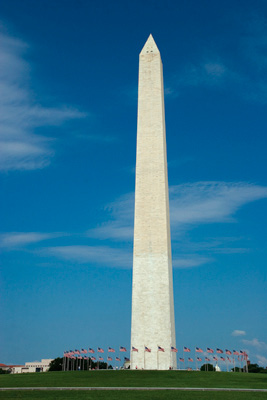
The Washington Monument
It sat unfinished for more than 20 years. After reaching just 156 feet (less than one-third of its total height), the Washington Monument was abandoned, the project bankrupt as the country entered the Civil War (1861–1865).
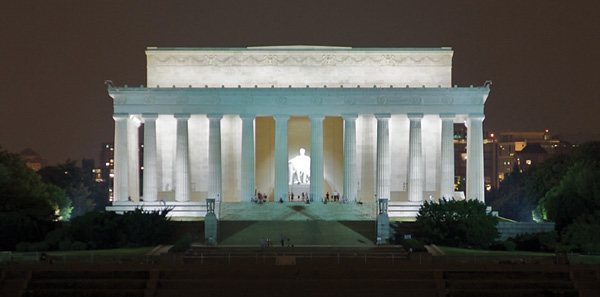
The Lincoln Memorial
Almost immediately after his assassination in 1865, plans were made to erect a monument to honor President Abraham Lincoln. Architect Henry Bacon’s design for the Lincoln Memorial is modeled after a Greek temple, to capture the democratic principles Lincoln had stood for in life. Built of white marble, it is surrounded by 36 columns (one for each state in the Union at the time of Lincoln’s death). A white marble staircase leads up to the memorial’s entrance. Inside, Daniel Chester French’s 19-foot-tall statue of Lincoln is seated in a chair. The enormous sculpture was made in 28 separate pieces. Both Lincoln’s famous Gettysburg Address and his second inaugural address are carved into the walls of the memorial.
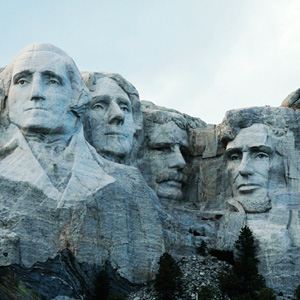
Mount Rushmore
With 11-foot eyes and 20-foot noses, the 60-foot-tall faces on Mount Rushmore are truly enormous. If the heads were attached to bodies, they would be 465 feet tall! The gigantic faces of presidents George Washington, Thomas Jefferson, Theodore Roosevelt, and Abraham Lincoln were designed by artist Gutzon Borglum. Workers hung by harnesses from the mountain as they used dynamite and jackhammers to blast and carve the faces into the granite rock of South Dakota’s Black Hills. It required nearly 400 men and 14 years to complete. When Borglum died in 1941, his son, James Lincoln Borglum, finished the job. Today Mount Rushmore National Memorial is one of the most familiar monuments in America and a popular destination for nearly three million visitors every year.
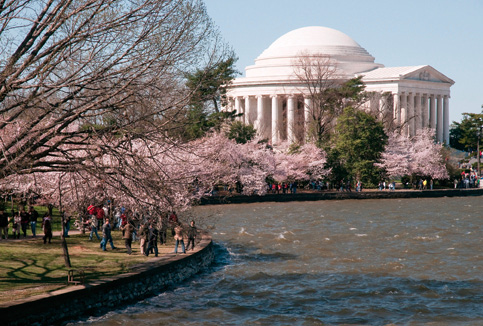
The Jefferson Memorial
With the enthusiastic support of President Franklin D. Roosevelt, a monument commemorating the spirit of Thomas Jefferson was constructed in Washington, D.C. Roosevelt believed our third president a worthy subject for his role as a Founding Father, the writer of the Declaration of Independence, and general supporter of individual rights and freedoms. So in 1934, Congress passed a resolution to construct the Jefferson Memorial.
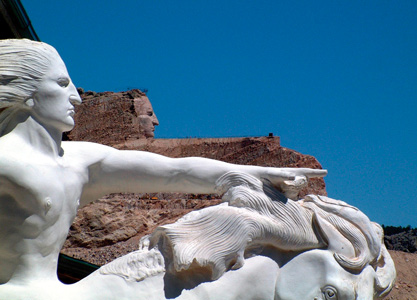
Crazy Horse
The presidents gazing out from Mount Rushmore are not the only big faces in South Dakota. Designed by Korczak Ziolkowski, the figure of Crazy Horse is being carved on Thunderhead Mountain eight miles away. The memorial was begun in 1948 and is intended to represent a great native hero. When finished, the figure of Crazy Horse on his horse pointing into the distance will be 563 feet tall and 641 feet long. For now, his 87-foot-tall face is the only completed portion of the monument. But work continues, and when it is finished, it will be the world’s largest statue and a monument to our nation’s rich Native American history.